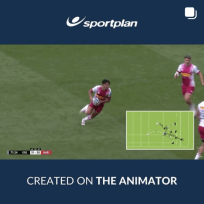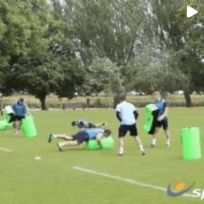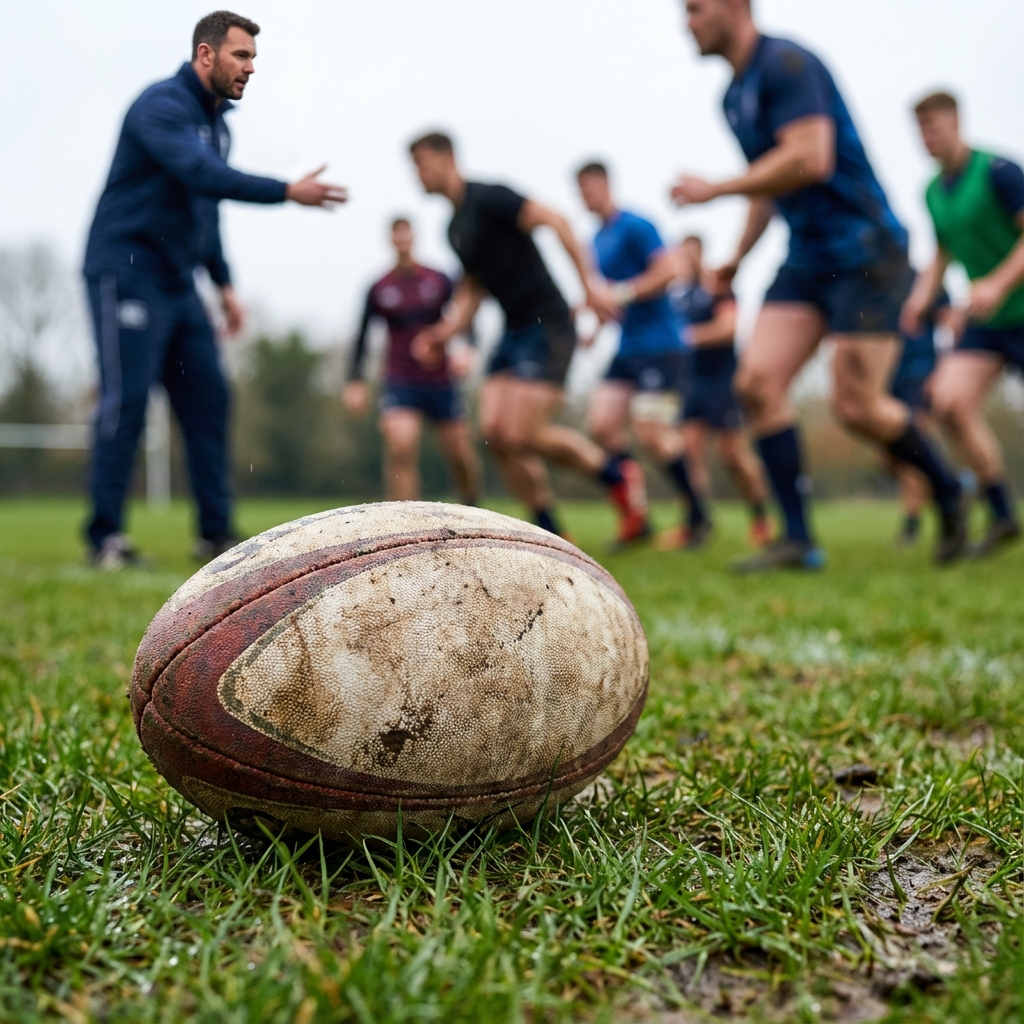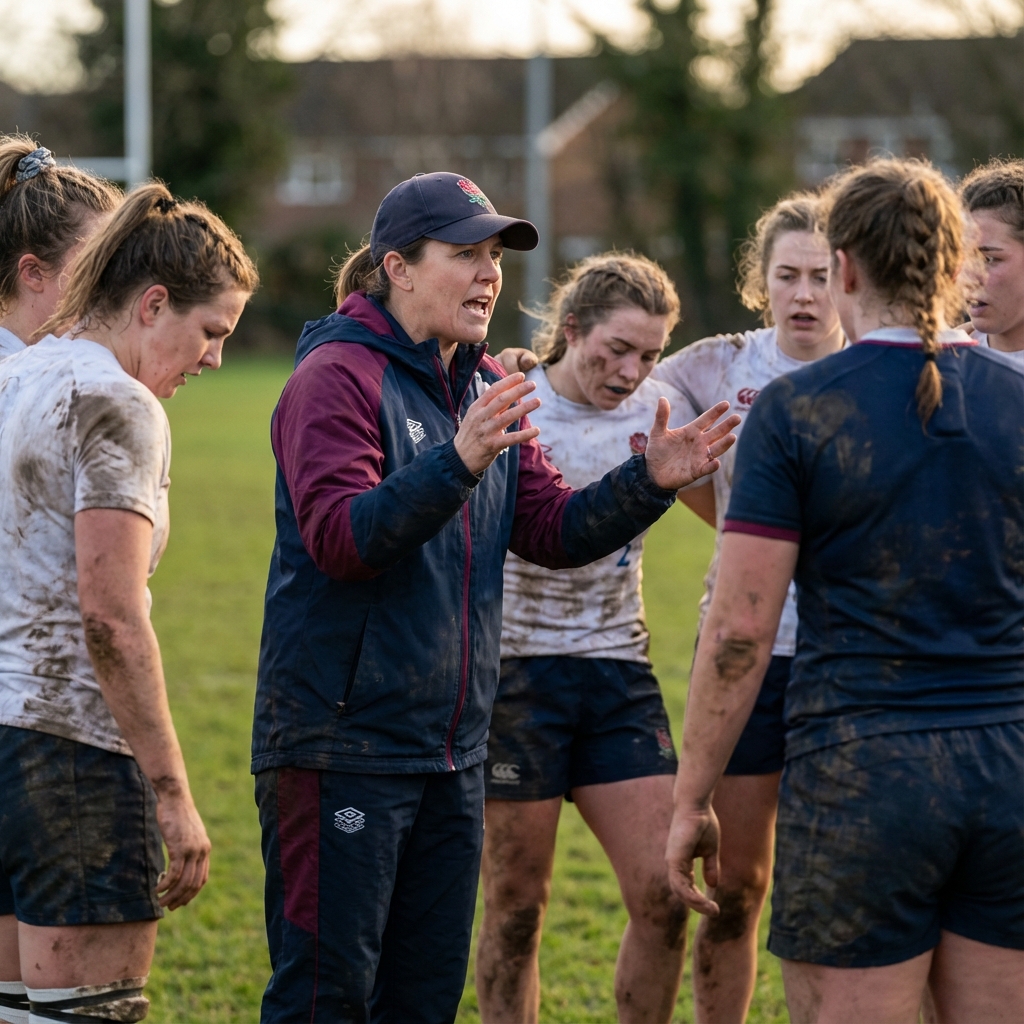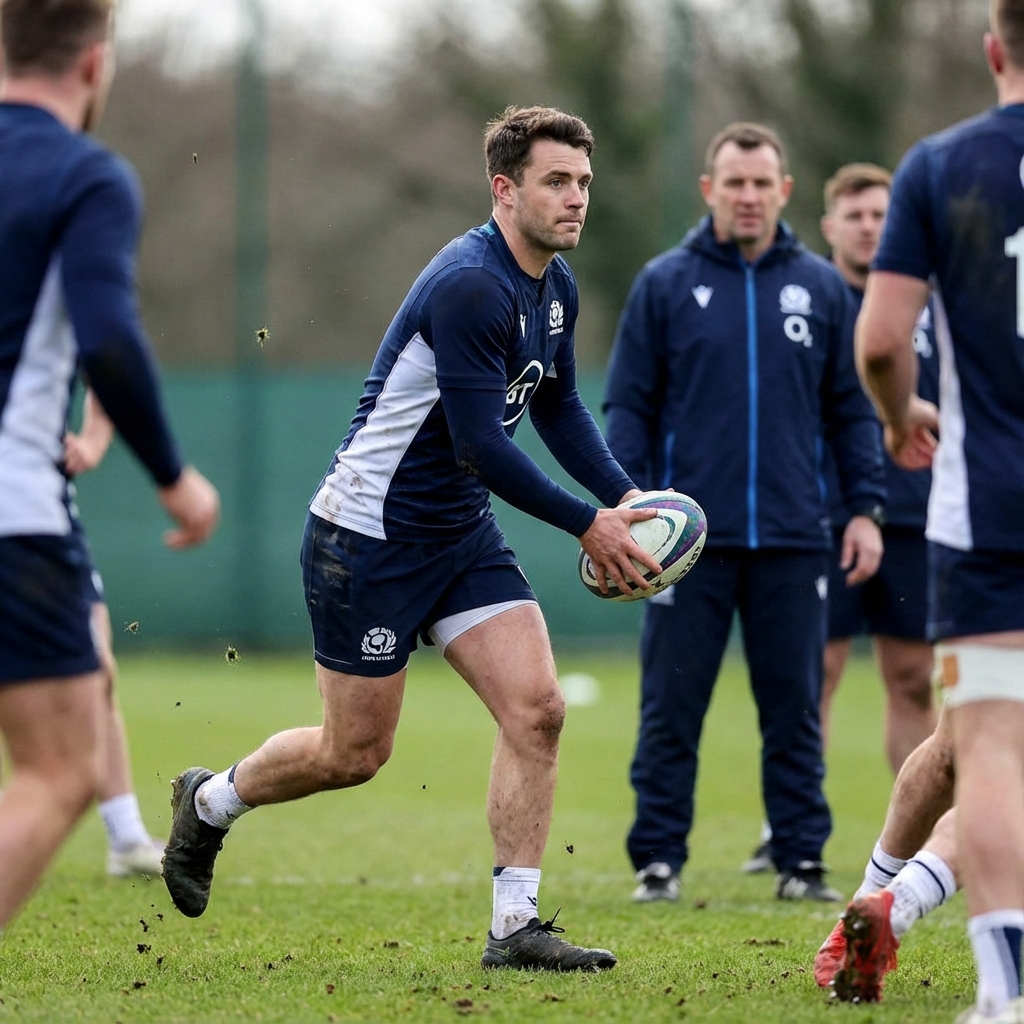what are the rules of tag rugby?
what are the rules of tag rugby?
Chris
Here you go:
TAG RUGBY RULES Listed below are the five basic rules of tag rugby (As stated by Nick Leonard the creator of Tag rugby), if possible take the time to read and explain to the participating children to help increase their understanding and improve the experience on the day:
Team Size: 8 on the pitch (minimum of three girls or boys per team) Squad Size: 10 (two subs)
Method of scoring A try is worth one point. To score a try a player must carry the ball over the opponents' goal line and press the ball down on the ground. (To ensure safe practice when playing on hard surfaces, it is suggested players score a try by merely running over the goal line with the ball)
After a try is scored the game restarts from the centre of the field with a free pass by the non-scoring team.
Passing No forward passes are allowed and will be penalised by a free pass being awarded to the non-offending team at the place the ball left the player's hands. A forward pass is any pass where the ball travels in the direction of the opponents' goal line. (Perhaps, with real beginners, passing in any direction could be used as an initial introduction to rugby) Note: A pass directly sideways is allowed and in fact can be the most effective pass players make as no ground is lost with this type of pass.
The 'Tackle' (Tag) Only the player with the ball can be tagged and a tag is simply the removal by a defender of one of the two ribbons from the ball carrier. Ball carriers can run or dodge potential taggers but cannot fend them off, spin around or guard or shield their ribbons in any way. This includes using the ball to fend away defenders. The defender then holds the ribbon above their head and shouts 'tag' for all to hear. Defenders must back off at least one metre from the ball carrier, allowing space for them to pass. They are not allowed to snatch the ball from the player's hand.
Note: When playing with a referee, it is helpful to players if the referee shouts 'pass' as a tag is made.
Once tagged, the player in possession of the ball must attempt to stop as soon as possible and pass the ball within 3 seconds of being tagged (real beginners could be given longer). Even at full pace, the ball carrier will be expected to stop in 3 strides. Near the goal line, players are only allowed one step to score after being tagged. If their momentum means they have taken 2 or 3, then they must attempt to pass to a team-mate to score, even if they are now over the goal line.
Note: Players can pass in the act of stopping.
After a tag has been made, both the ball carrier and the defender are momentarily out of the game. The defender can take no further part until they have handed back the ribbon to the attacker (not thrown it on the floor) and the attacker no further part, until they have replaced their ribbon back on their belt.
Note: The defender hands back the ribbon only after the attacker has passed the ball. This action simulates the time taken up by defenders when tackling in full contact rugby and stops defenders being unrealistically active as can happen in traditional games of touch rugby. Remember - There should be no tags on the floor at any time.
Very occasionally, a ball carrier may accidentally flick off one of their own ribbons in the act of running, making it very difficult for a defender to tag them. In this case the game should be stopped and the player allowed to replace it. The game then restarts with a free pass to the team in possession at the place where the ribbon came off.
The free pass
A free pass is used to start the game (from the centre of the field) or to restart it at the place where the ball went out of play or an infringement took place.
Note: If an infringement takes place over the goal line, or within 5 metres of the goal line, then a free pass should be awarded to the non-offending team, 5 metres out from the goal line to create some space.
At a free pass the ball is held in two hands and on the instruction 'play' given by the referee the player passes the ball to a team-mate. More experienced players can be made to tap it with their foot first before passing, as they do when taking a tap penalty in full contact rugby. When playing without a referee, the opposing team captain gives the instruction to 'play'.
Note: It is the referee (or the opposing team captain when playing without a referee) who dictates when a free pass is taken by saying 'play'. Players cannot take a quick free pass in Tag Rugby, instead referees must allow sufficient time for defenders to get back before restarting the game.
The player making the free pass must start play with a pass, they are not allowed to run with it themselves.
The opposition cannot start moving forward until the player has actually passed the ball.
At a free pass, the opposition must be 7 metres (7 large steps) back. More experienced players may prefer 10 metres.
Ball out of play
If the ball or ball carrier goes out of play a free pass is given to the other team from the sideline.
I hope this helps you.
Tag is a great way to introduce the game and if you cannot afford the tags then peieces of string or rope can be used instead!
Simon
Thankyou very much< everything i needed!!!! %3A-)








